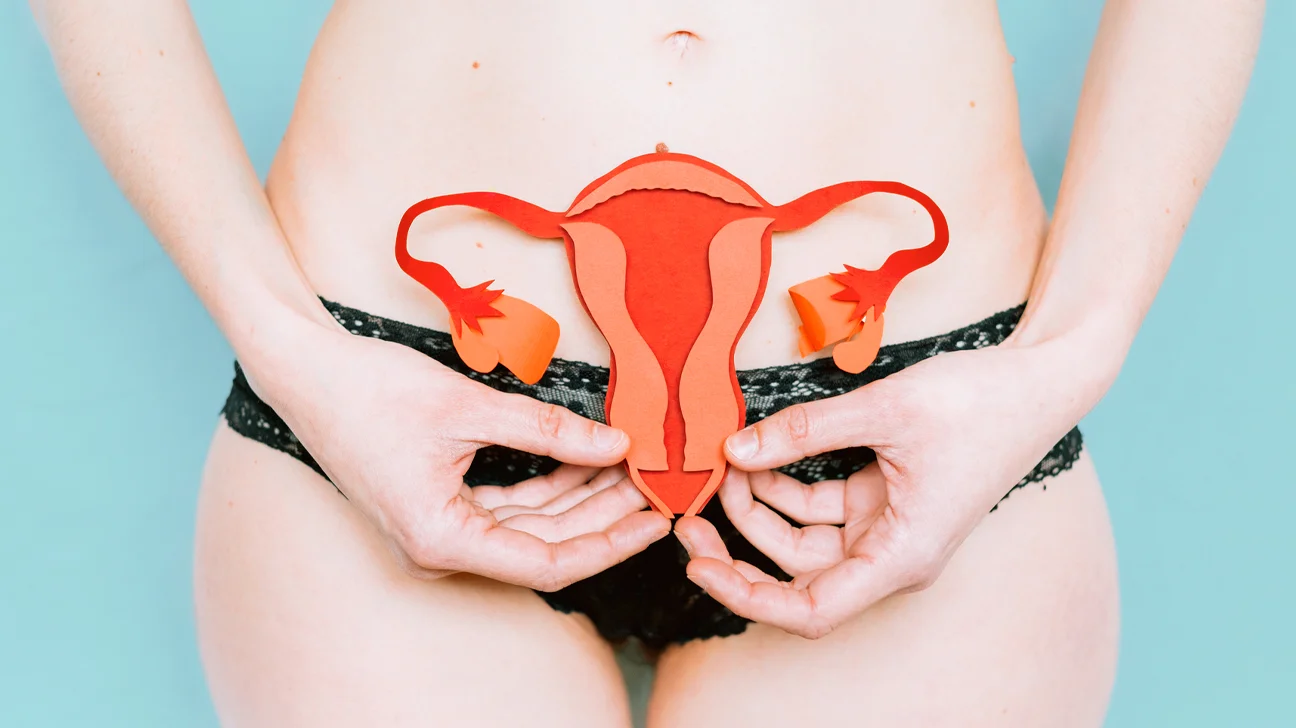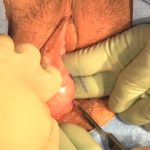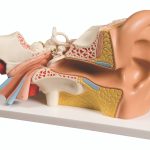
Key facts
- The female reproductive system includes parts of the female body that are involved in fertility, reproduction and sex.
- It includes organs such as the uterus, ovaries, fallopian tubes, cervix and vagina.
- The menstrual cycle prepares the body for a possible pregnancy.
- Menopause is the stage of life when a female no longer has a menstrual period.
- Premenstrual syndrome, endometriosis, polycystic ovary syndrome, fibroids and cancer are conditions of the female reproductive system.

What is the female reproductive system and how does it work?
The female reproductive system is involved in sexual activity, fertility, pregnancy and childbirth. It is made up of female body parts including the following:
- Ovaries — There are 2 ovaries, 1 on each side of the uterus where female hormones (oestrogen and progesterone) are produced, and eggs are stored to mature. Every month, an egg is released. This is called ovulation.
- Fallopian tubes — these are 2 thin tubes that connect the ovaries to the uterus, allowing the egg to travel to the uterus.
- Uterus (the womb) — the lining of the uterus thickens with blood and other substances every month. If pregnancy occurs, the fertilised egg will implant in the uterus and grow into a foetus and then a baby. If it does not, this lining flows out of the body. This is known as menstruation or your period.
- Cervix — this is the lower part of the uterus, that connects the uterus to the vagina.
- Vagina — this is a muscular tube connecting the cervix to the outside of the body.
The female reproductive system also plays an important part in pregnancy and birth. Read more on the anatomy of pregnancy and birth.

What is menstruation and the menstrual cycle?
Menstruation is bleeding from the vagina that happens about once a month. It is a normal part of the menstrual cycle. It is also known as having a period.
On average, people in Western countries start menstruating around 12 to 13 years of age, but you can have your first period as early as 9 years of age and as late as 16 years. The menstrual cycle usually happens every month around a 28 day cycle. However, everyone is different, and it can range from 21 to 42 days.
Each cycle prepares you for a possible pregnancy. The lining of your uterus thickens and once a month during ovulation, an egg releases from one of your ovaries to the endometrium (internal lining of the uterus).
During sex, the egg can be fertilised when sperm travels to the uterus. If a sperm fertilises an egg, the endometrium will thicken and grow to support the pregnancy.
If the egg isn’t fertilised, the lining which is mostly blood, breaks down from the uterus and leaves the body from the vagina as a period (also known as menstruation, menses or the menstrual flow).
Menopause is when you stop having your period. This usually happens between the ages of 45 and 55 years. The average age of menopause in Western countries is 51 to 52 year of age.
What are the common conditions of the female reproductive system?
Conditions that involve the female reproductive system include:
- premenstrual syndrome
- endometriosis
- polycystic ovary syndrome
- fibroids (non-cancerous growths of the uterus)
- cancer
When should I see my doctor?
Symptoms related to your periods vary depending on the condition, and may include:
- mood swings, irritability or depression
- headaches
- bloating
- breast tenderness
See your doctor if you have the following symptoms:
- pain in your lower abdomen, upper thighs or back
- painful, heavy or irregular periods, or no periods at all
- periods that last more than 8 days or are more than 2 to 3 months apart
- pain during or after sex
- infertility
- bowel problems (such as constipation, diarrhoea)
- bleeding between periods
- bleeding after intercourse
Everyone experiences their menstrual cycle differently, most without any difficulties. If there is any change in your cycle that worries you, see your doctor.
How can I prevent reproductive health problems?
Having a healthy reproductive system requires knowing when to ask for help from your doctor. To help prevent reproductive health problems, it is important to reach out to health services when you need them, including:
- family planning services
- health care, including preventive screening, diagnosis and treatment of reproductive issues, abortion services, and pregnancy and delivery care
- contraception
- prevention and treatment of sexually transmissible infection (STI)
- health care and support in cases of family, domestic and sexual violence
Reproductive health is an important part of your overall physical, mental and emotional health and wellbeing. Having a healthy reproductive system allows you to have a safe and healthy sex life, the choice to have a child if you wish, a healthy pregnancy, and maternity care. Around 1 in 9 Australian couples have fertility problems.




